💞 How Early Bonds Shape Our Emotional Lives
From the moment we are born, we seek protection, comfort, and closeness. The way these needs are met largely defines our personality, our emotions, and our future relationships. This is what Attachment Theory, developed by John Bowlby and later expanded by Mary Ainsworth, explains. This theory is one of the fundamental pillars of developmental psychology and the understanding of human behavior.
👶 What is Attachment Theory?
Attachment Theory describes the innate human tendency to form deep emotional bonds with significant figures, especially during infancy. This bond fulfills an essential biological function: ensuring survival through proximity to those who can protect us.
However, its importance is not limited to childhood. According to Bowlby, early experiences with our caregivers become internal models for relationships, influencing how we bond with others throughout life.
In simple terms: the way we were loved largely determines how we love.
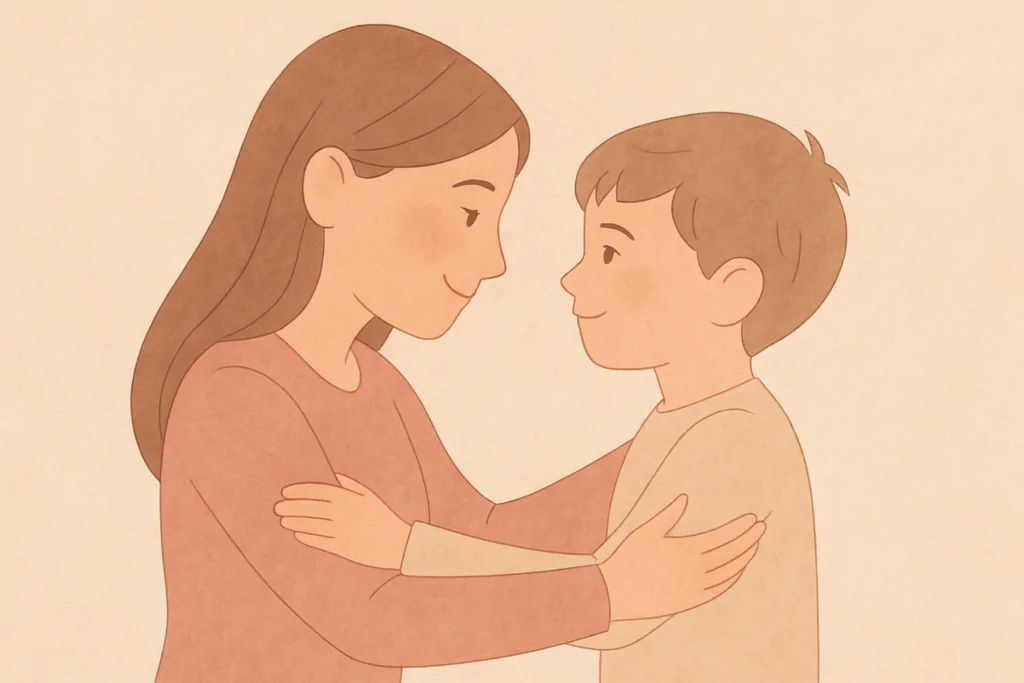
🧩 John Bowlby: The Origin of Attachment
The psychiatrist and psychoanalyst John Bowlby (1907–1990) was the first to propose that the affective bonds between a child and their primary caregiver were not mere emotions, but a basic biological necessity comparable to hunger or thirst.
🔬 Bowlby’s Influences:
- Psychoanalysis: For its emphasis on childhood and early relationships.
- Ethology: Inspired by Konrad Lorenz’s studies on imprinting in animals (how offspring instinctively follow their mother).
- Darwin’s Evolutionary Theory: Attachment as a survival strategy.
Bowlby asserted that children need a constant and sensitive attachment figure, as separation or loss of that figure could cause anxiety, insecurity, and emotional disorders.
👩🔬 Mary Ainsworth and Empirical Evidence
American psychologist Mary Ainsworth, a collaborator and student of Bowlby, took the theory to an experimental level. Through her famous experiment, “The Strange Situation” (1970), she observed how babies reacted to separation from and reunion with their mother in a controlled environment.
From this study, she identified four main attachment styles, which remain the basis of the modern study of human relationships.
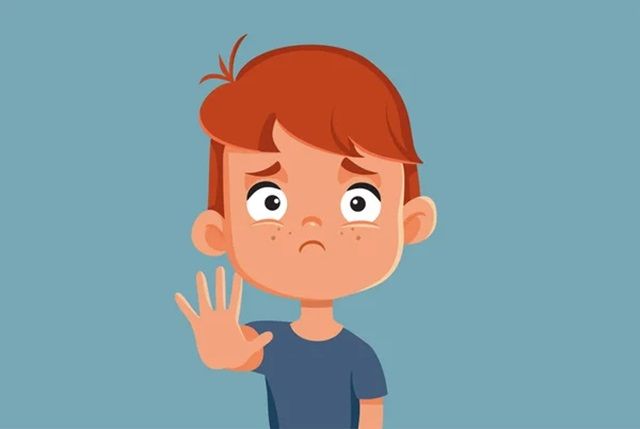
💔 The Four Attachment Styles
1. 🛡️ Secure Attachment The child explores the environment when the attachment figure is present, but seeks comfort if threatened. When the mother returns, the child is easily calmed and resumes exploration.
In Adulthood:
- Trust in others.
- Ability to form healthy relationships.
- Good emotional regulation.
- “I can count on you, and you can count on me.”
2. 😰 Anxious-Ambivalent Attachment The child appears insecure, anxious, and dependent. They cry upon separation but are not easily calmed when the mother returns. They are afraid of being abandoned.
In Adulthood:
- Constant fear of rejection.
- Excessive need for approval.
- Intense and volatile relationships.
- “I need you, but I fear you will leave me.”
3. 🚪 Avoidant Attachment The child seems indifferent to the presence or absence of the attachment figure. They neither seek comfort nor express emotion. In reality, they suppress their need for closeness.
In Adulthood:
- Difficulty expressing emotions.
- Rejection of intimacy.
- Preference for extreme independence.
- “I don’t need anyone; I can be fine on my own.”
4. ⚡ Disorganized Attachment Arises when the attachment figure is also a source of fear (due to abuse, neglect, or mistreatment). The child shows contradictory behaviors: approaching, but then pulling away, confused and fearful.
In Adulthood:
- Chaotic or destructive relationships.
- Difficulty trusting.
- Tendency toward trauma and dissociation.
- “I want to get close, but I’m afraid to do it.”
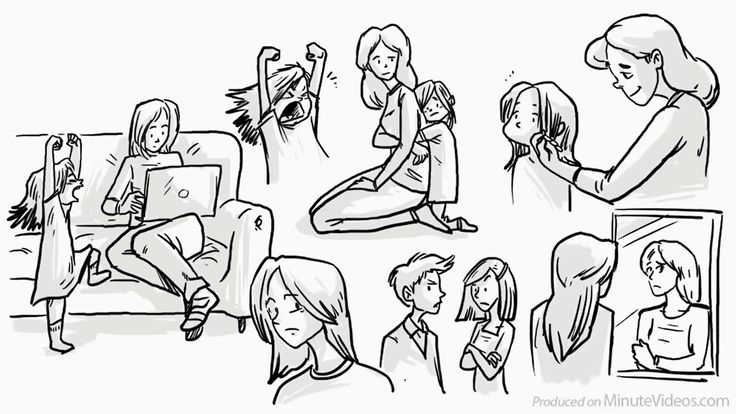
🧠 Internal Working Models
Bowlby proposed that early experiences generate what he called “internal working models” (IWMs): mental representations about ourselves and others.
- If the caregiver was sensitive and consistent → the child learns that the world is safe and that they are worthy of love.
- If the caregiver was unpredictable or neglectful → the child perceives that love is uncertain or that it must be earned.
These models do not disappear with childhood; they shape how we interpret affection, rejection, and closeness in our adult relationships.
💬 Attachment and Adult Relationships
Numerous studies have shown that childhood attachment patterns are reflected in romantic, family, and work relationships.
- In Love:
- People with secure attachment build stable and empathetic relationships.
- Those with anxious attachment seek constant validation and fear loneliness.
- Those with avoidant attachment value autonomy and avoid emotional dependence.
- Those with disorganized attachment may alternate between dependence and rejection, leading to unstable bonds.
- In Parenting:
- Adults tend to repeat the attachment style they experienced, perpetuating intergenerational patterns, unless there is reflection, therapy, or emotional awareness.

💡 Attachment and Mental Health
A secure emotional bond during childhood contributes to the development of:
- Solid self-esteem
- Empathy
- Emotional regulation
- Capacity for resilience
In contrast, insecure or disorganized attachment can be associated with:
- Anxiety or depression disorders.
- Difficulties in relationships.
- Impulsive or dependent behaviors.
In psychotherapy, understanding a person’s attachment style helps understand the origin of their affective patterns and their way of facing the world.
⚖️ Criticisms and Contemporary Contributions
Although the theory has been widely supported, it has also received criticism:
- It focuses on the mother as the main figure, leaving little room for other bonds (father, grandparents, caregivers).
- Some cultures show variations in attachment styles, suggesting socio-cultural influences.
- Not all adults repeat their childhood attachment style: emotional plasticity allows for change over time.
Nevertheless, Attachment Theory has been expanded and adapted to fields such as:
- Psychotherapy (Attachment-Based Therapy)
- Child emotional education
- Criminology (study of broken bonds in criminal behavior)
- Couple relationships and emotional coaching
🌱 How to Develop a Healthier Attachment
Even if we grew up with an insecure attachment, we can heal and build more stable relationships. Some strategies include:
- Psychological Therapy: Especially attachment-focused therapies or cognitive-behavioral therapy.
- Self-Awareness: Identifying our emotional and behavioral patterns.
- Emotional Communication: Learning to express needs without fear or dependence.
- Safe Environments: Surrounding oneself with empathetic and consistent people.
- Emotional Repair: Understanding the past without judgment, and allowing new experiences of trust.

🧭 Conclusion: Attachment as an Emotional Compass
Bowlby and Ainsworth’s Attachment Theory demonstrates that love is not just a feeling: it is a biological and psychological need that guides our development from the cradle to adulthood.
Understanding our attachment styles helps us break cycles, improve our relationships, and build a more balanced emotional life.
“To be loved consistently in childhood is to learn to love without fear in life.”
Fact #2
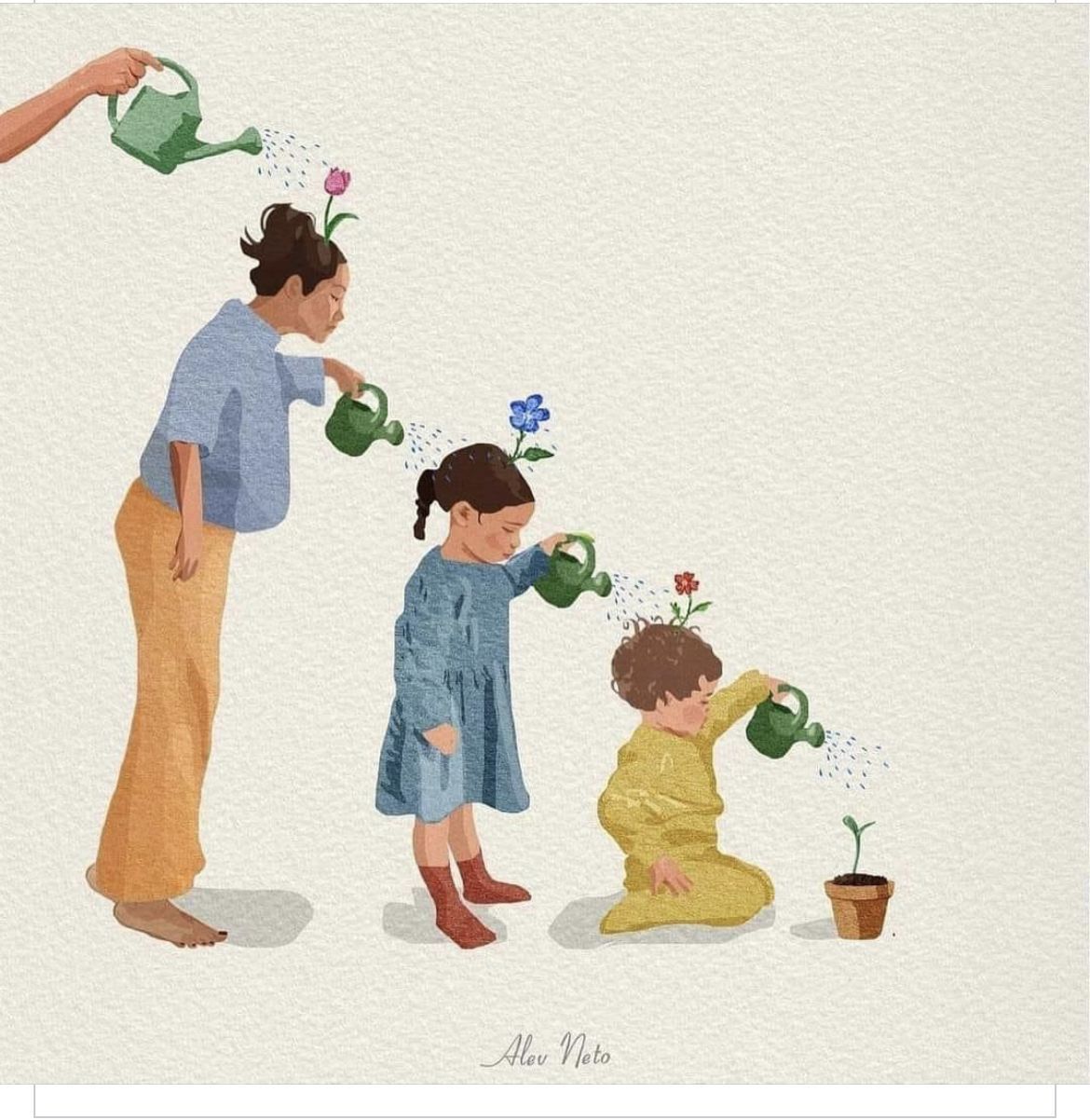


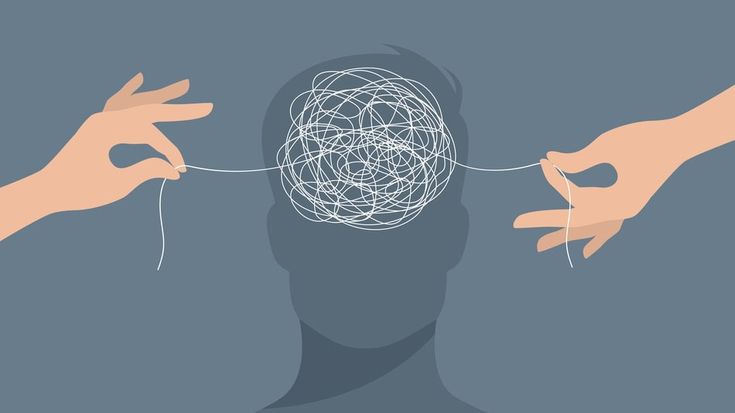

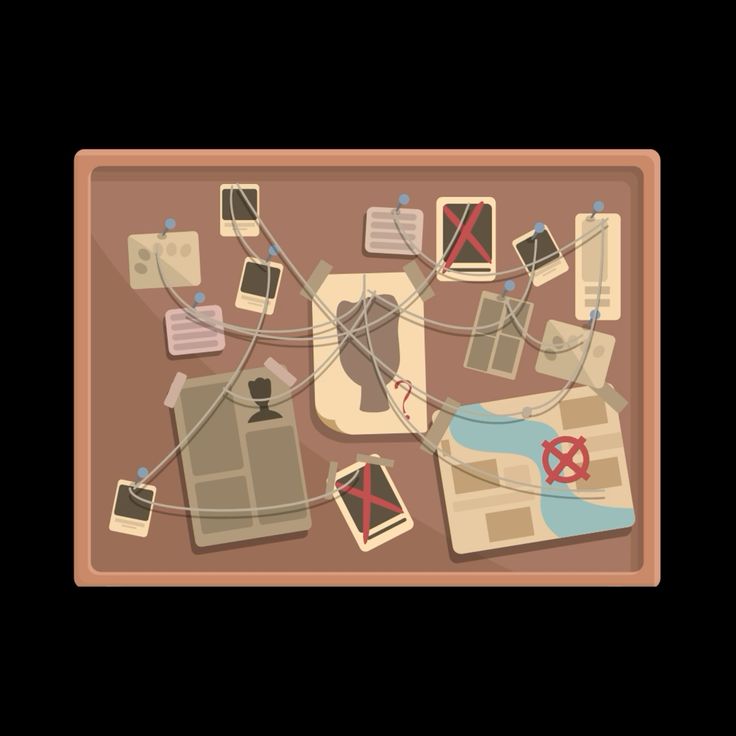


Leave a Reply